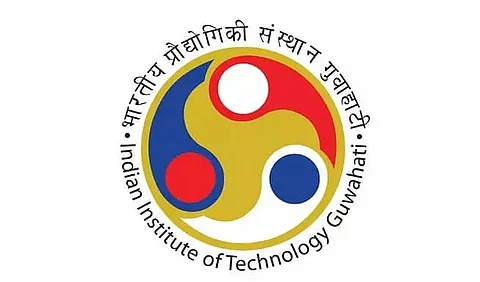
- Home
- Live Blog
- Breaking News
- Top Headlines
- Cities
- NE News
- Sentinel Media
- Sports
- Education
- Jobs

GUWAHATI: Indian Institute of Technology Guwahati Researchers have found distinctive similarities between the nature of Dark Matter and Neutrinos. In the endeavour to unfold the nature of dark matter, a trio of theoretical physicists, IIT Guwahati's Professor of Physics Arunansu Sil and two of his PhD students Arghyajit Datta and Rishav Roshan have found that the origin and production of dark matter can actually be connected to the origin of neutrino mass. The work has recently been published in the leading international journal Physical Review Letters, stated a press release.
For decades, physicists have speculated about the presence of 'dark matter' in our Universe. Though its existence is inferred from its gravitational effect on visible matter, supposed to make up 27 % of the universe, very little is known about it as no direct evidence in support of dark matter could be found so far indicating it as an exotic type of matter. At the same time, among all the known particles in nature, neutrinos are perhaps the most elusive particles. There are three flavours of neutrinos according to the Standard Model of particle physics, the immensely successful theoretical framework describing matter and interactions in nature. This Standard Model predicts the neutrinos as massless. However, during late 1990s, it was found that neutrinos do have tiny mass, the exact magnitude of which is still unknown.
Neutrinos are somewhat distinctive from other particles in the Standard Model as it is the only fermion which is of 'left-handed' type, related to its spin projection. The mystery of neutrino mass may be related to the lack of its right-handed counterpart. In fact, the present work of the team shows that the lightest right-handed or sterile neutrino, provided it exists as a part of a popular neutrino mass generation mechanism, having a mass of order a kilo to a mega electron-volts can be the dark matter candidate.
Highlighting the unique aspect of their work, Prof. Arunansu Sil, Department of Physics, IIT Guwahati said, "Although strongly hinted by several astrophysical observations, the lack of any direct evidence of dark matter particles suggests that it has a very feeble interaction with ordinary matter. Our proposal provides a clue to such a miniature interaction by showing that its smallness is connected to the lightness of the neutrino mass (smallest one) which is uniquely predicted to be in the pico electron-volt range."
Arghyajit Datta added, "Apart from explaining the dark matter and tiny neutrino mass, the same construction also addresses the third mystery: why there is more matter than anti-matter in the Universe? The two remaining sterile neutrinos, other than the dark matter one, in the model are responsible for such an asymmetry."
Also watch: